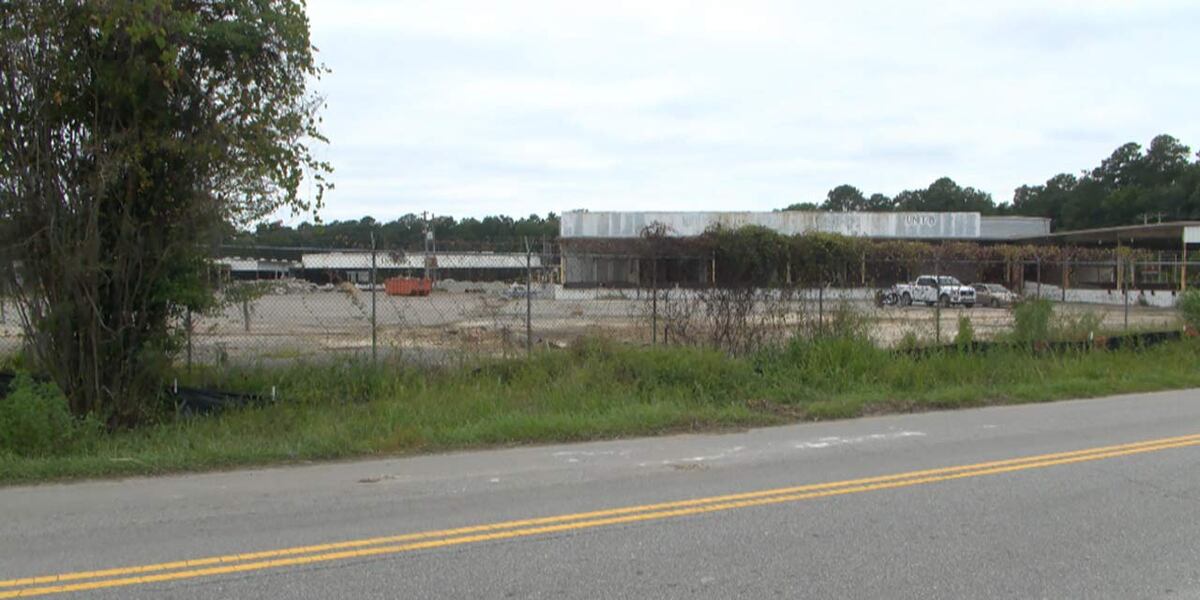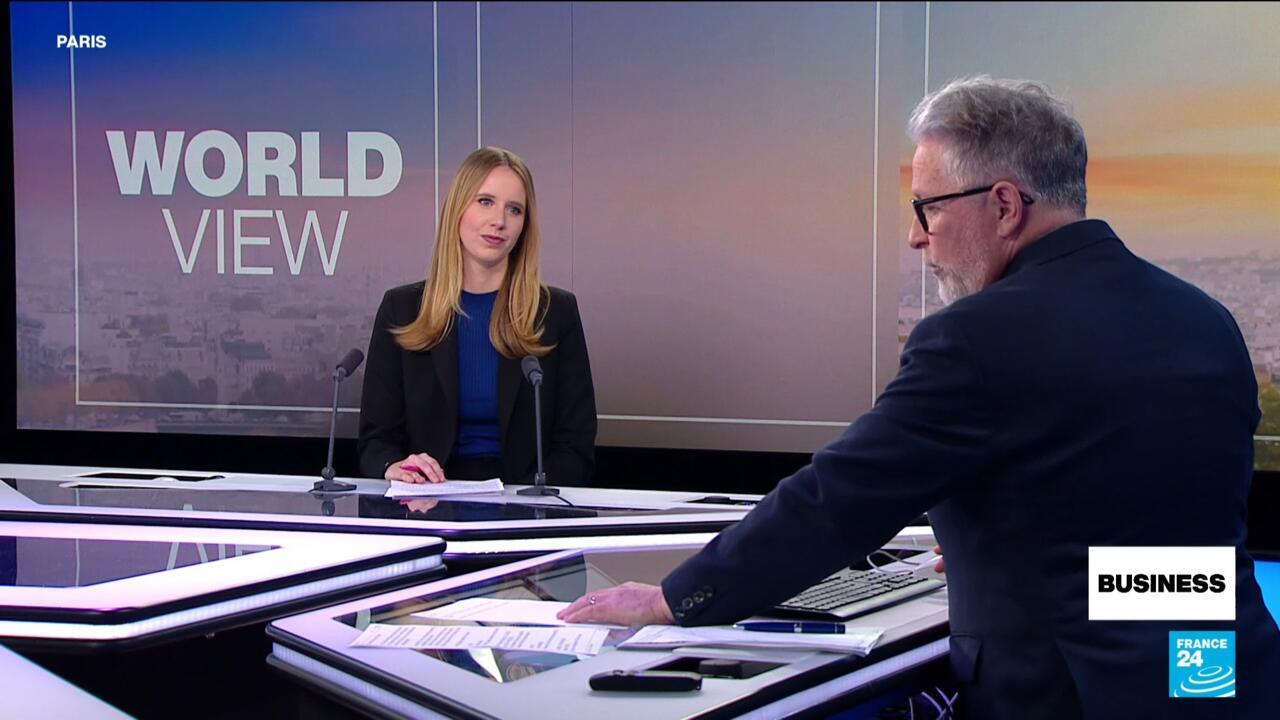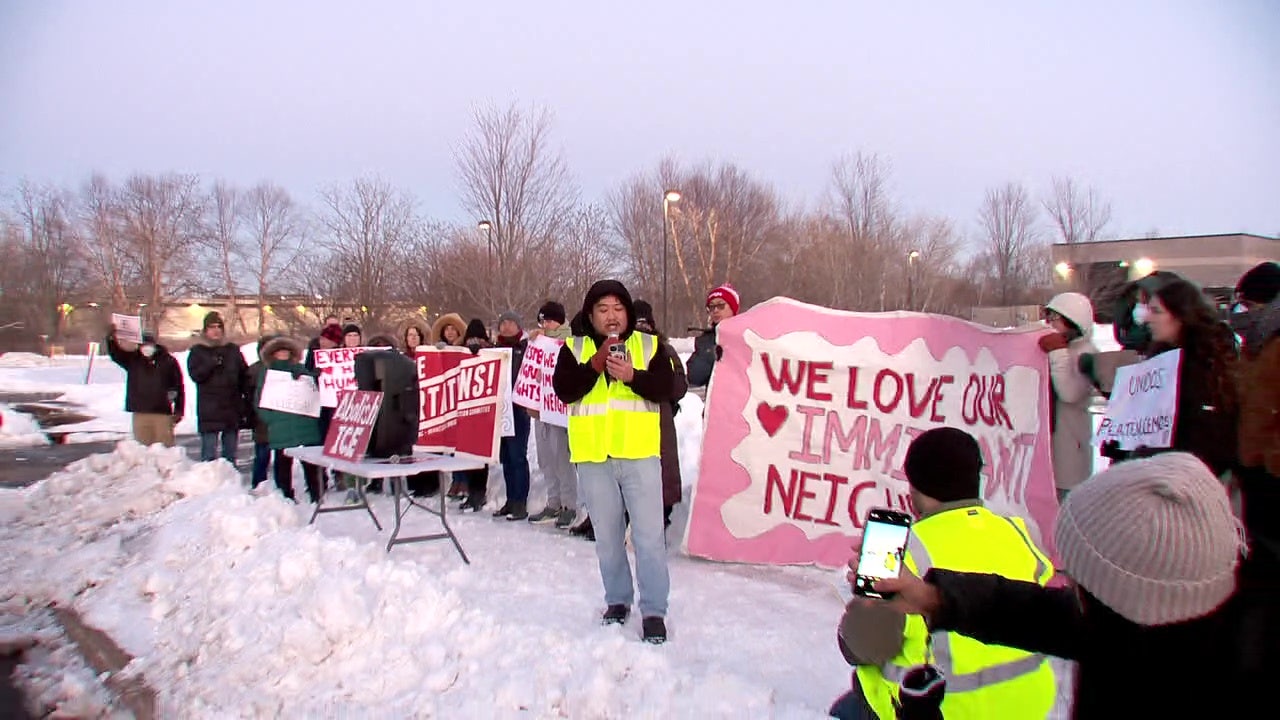Transforming Johns Island: Abandoned Packaging Plant Becomes Vibrant Business Hub

A Historic Transformation: DiMare Tomato Facility Breathes New Life into Main Road
The once-dormant DiMare tomato packaging facility is undergoing a remarkable transformation, promising to revitalize a key location along Main Road. Property owners are optimistic about the facility's potential, with plans to welcome new business tenants as early as October. This exciting renovation project signals a fresh chapter for the historic building, breathing new economic energy into the local landscape.
The ongoing restoration aims to convert the classic industrial space into a modern, versatile commercial hub that will attract innovative businesses and breathe new vitality into the area. Investors and local entrepreneurs are eagerly watching the progress, anticipating the opportunities this reimagined space will offer.








